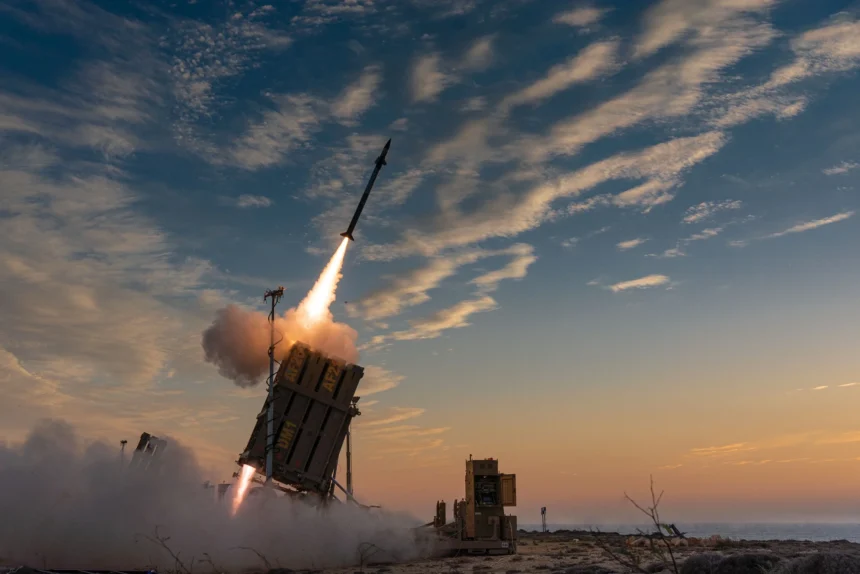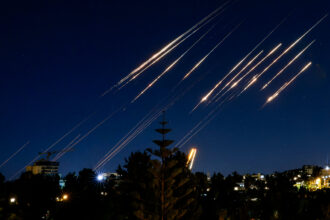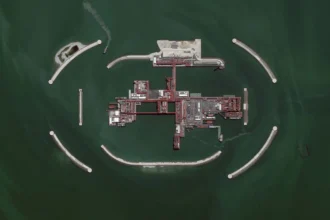Israel’s Iron Dome is considered one of the most advanced short-range missile defense systems in the world. It has been pivotal in defending the country from incoming rocket, artillery, and drone attacks, particularly from hostile non-state actors in neighboring territories.
Multi-Layered Defense System
Iron Dome is part of a larger, integrated multi-layered air defense network. For threats at close range—typically between 4 to 70 kilometers—the Iron Dome operates alongside other systems such as David’s Sling and the Arrow series. This layered architecture allows Israel to intercept various threats at different altitudes and distances.
High Success Rate
Iron Dome has consistently demonstrated an interception success rate between 90–97% for rockets and projectiles heading toward populated or critical areas. It is equipped with sophisticated radar and tracking technologies that allow it to determine whether an incoming projectile will strike a populated area. If the threat is deemed serious, it launches one or more Tamir interceptors to neutralize it mid-air.
Rapid Detection and Response
At the core of the Iron Dome system is its radar unit, which quickly identifies incoming threats. The system then calculates the trajectory and impact point in real time. If intervention is necessary, the system launches interceptors that are guided to destroy the projectile before it reaches its target.
Cost and Efficiency Challenges
Each Tamir interceptor costs tens of thousands of dollars, making it expensive to counter low-tech, inexpensive rockets. This has led to concerns about the system’s sustainability during prolonged or high-volume assaults. In response, Israel is developing a complementary laser-based system, Iron Beam, which promises low-cost interception with high efficiency. It is expected to be operational by late 2025.
Stress Under Mass Attacks
Although the system performs extremely well, it is not immune to saturation. During large-scale missile or drone barrages, some threats may penetrate the system. These rare incidents highlight the importance of continued upgrades and diversification of defense technologies.
Conclusion
Israel’s Iron Dome stands as a benchmark in short-range missile defense technology. Its combination of precision, automation, and rapid response capabilities has saved countless lives. While not infallible, ongoing technological advancements—like the integration of laser defense—are set to make the system even more effective and sustainable in the years to come.














